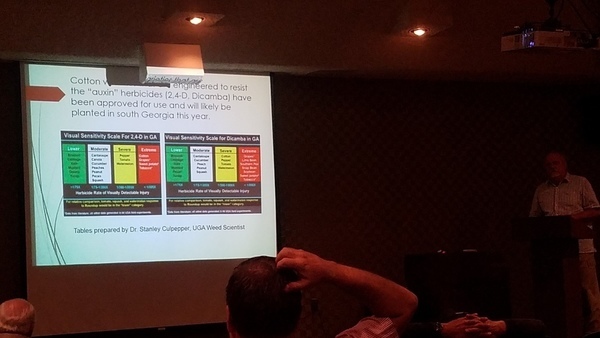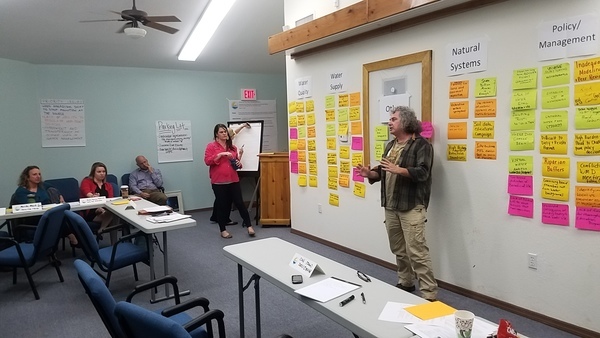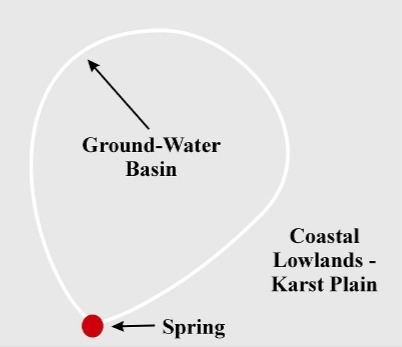There are still many things you can do, from permit violations to FERC reform, after FPL gloated yesterday about starting the gas through Transco, Sabal Trail, and FSC. Pipelines leak, and another pipeline’s go-ahead just got slapped down by a federal court, plus we need to change the whole legal game. Meanwhile, continuing the rocketing rise of solar power in the Sunshine State and everywhere else is the best way to pry the clammy grip of the fossil fuel industry off our political system.

Photo:
Mitch Allen
Susan Salisbury, Palm Beach Post, 14 June 2017, Sabal Trail, Florida SE Connection are now piping fuel to FPL,
“The start of Florida Southeast Connection and Sabal Trail Transmission natural gas pipeline operations is an important milestone for FPL customers and Florida’s economy,” FPL president and CEO Eric Silagy said.
It may indeed be a milestone of the last pipeline ever built into Florida or through Georgia.
It may even be a milestone of Continue reading









